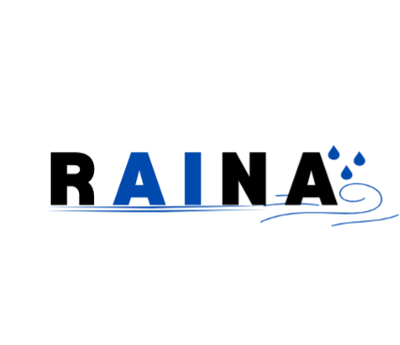
Duration
November 2024 to October 2027
Contact

Prof. Dr. Martin Schultz
Head of research group Earth System Data Exploration and co-lead of division Large Scale Data Science, University professor in Computational Earth System Science at the University of Cologne PI in Helmholtz Information Program 1, Topic 1 (Topic Board Member)
Building 14.14 / Room 4010
+49 2461/61-96870
E-MailRAINA
A statistically Robust generative AI fouNdation model for the Atmosphere
Extreme weather events, such as the 2021 flooding in the Ahr Valley in Germany, are rare but have severe impacts on people and nature, causing significant financial and material damage. Reliable forecasting of such events is therefore crucial and a key focus of current research. Artificial Intelligence (AI) and Machine Learning (ML) are becoming increasingly important in weather and climate prediction. Despite recent progress, existing models still struggle to accurately predict extreme events, particularly peak wind and rainfall. This is often due to an insufficient representation of atmospheric dynamics. Foundation models, trained on large and diverse data sources, offer a promising solution.
The goal of the RAINA project is to develop such a foundation model for weather forecasting. Building on AtmoRep, the first foundation model for atmospheric dynamics, RAINA aims to achieve an unprecedented resolution of 1 km and improve the representation of extreme weather events. This requires extensive training data provided by the German Weather Service (DWD) and the European Centre for Medium-Range Weather Forecasts (ECMWF). The Jülich Research Centre contributes its expertise in high-performance computing (HPC), while the University of Bonn develops advanced methods such as test-time adaptation and diffusion models to optimise the system.
A high-resolution short-term forecast for temperature, wind, and precipitation will be implemented as a prototype, aiming to outperform existing operational models. RAINA applies the successful concepts of foundation models from language and image processing to weather modeling and integrates multiple data sources into a consistent atmospheric description. For the first time, probabilistic forecasts will be combined with statistical downscaling. If successful, this project will provide essential insights for the operational application of such a model and significantly improve weather prediction.

